The Office for National Statistics produces monthly estimates of GDP based on output components (e.g. construction or business services). These provide the most reliable early indicators of quarterly GDP and so are used as the basis for the preliminary estimates of quarterly GDP.
In the short term, we generate a forecast for real GDP using models that incorporate other timely indicators. These might include business surveys such as the IHS Markit/CIPS Purchasing Managers’ Index (PMIs) and from the Confederation of British Industry (CBI) and Office for National Statistics; or even more high-frequency indicators (such as Google mobility data). It usually covers the quarter that is currently in progress (and will therefore not be fully covered by monthly outturn data) and the next quarter. These high-frequency indicators would normally allow us to assess how much ‘momentum’ there is in the economy and, therefore, whether we expect quarterly GDP growth to pick up, slow or stabilise. If there are specific events that we believe are likely to have affected GDP in a given quarter, we will make any adjustments that we deem necessary. This could be due to unusual weather conditions or specific events – such as the additional bank holidays for the Queen’s Diamond Jubilee, Platinum Jubilee and funeral, or the lockdown restrictions in place during the covid pandemic.
Our assessment of momentum in the current quarter typically informs our judgement about GDP growth in the following quarter. This is supplemented by survey data on business expectations which, in general, are less reliable for forecasting than high-frequency, backward-looking indicators but are, nonetheless, useful.
OBR staff run the various models described above and present the results to the BRC. It is ultimately the BRC’s judgement on the most likely path for near-term GDP that is published as our forecast. The BRC decide which data or models they judge to be providing the most reliable indicators at any time, or the extent to which model predictions should be adjusted to reflect one-off factors.
Back to top
